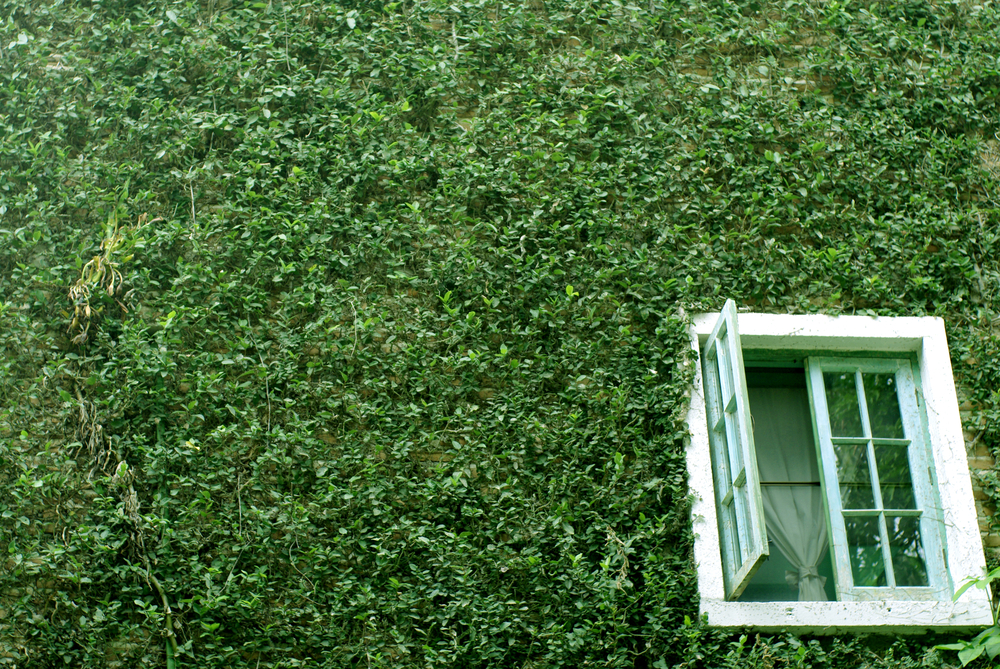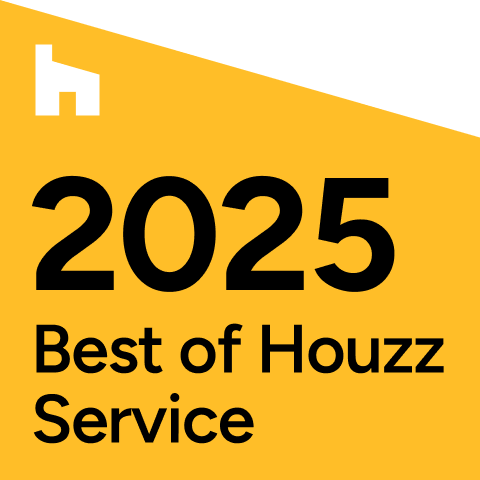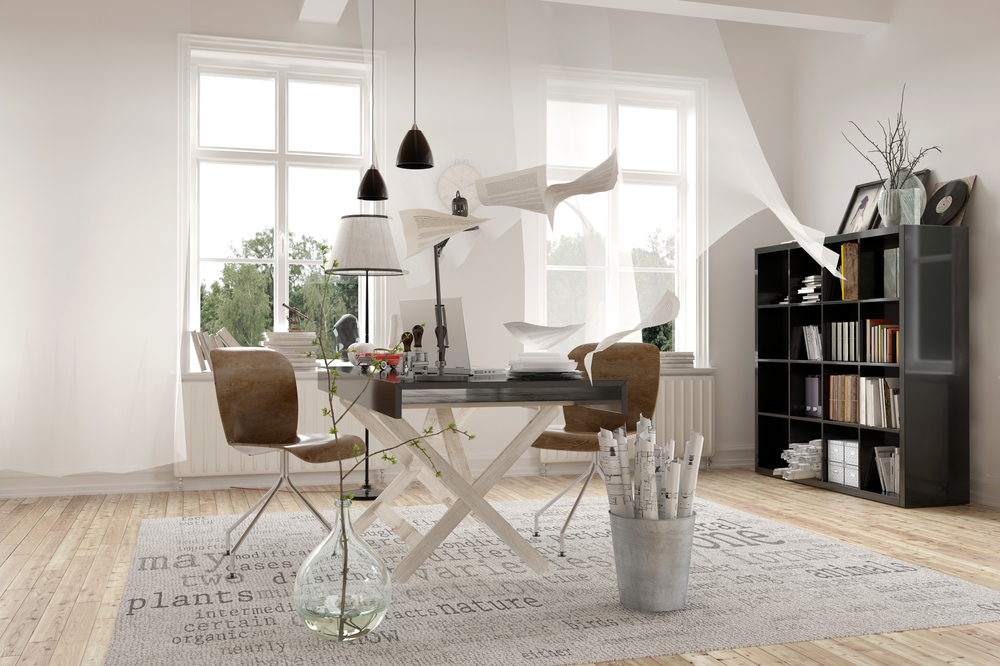
Is slow design the new luxury?
December 4, 2015
While design projects seem to be completed in increasingly shorter timescales in order to cut not only time but also money, a trending tenet of contemporary interior design seeks to overturn this habit of rushing, extolling the virtue of patience within the industry.
The art of Slow Design – a phrase coined by designer, Alistair Fuad-Luke – promotes a ‘paradigm of design philosophy’ that values quality, in all aspects of approach, over any other design factor. Fuad-Luke says that slow design aims to ‘balance socio-cultural and individual needs with the well-being of the environment,’ in order to remove ‘the time constraints of the economic growth and expediency’ to go ‘beyond the fabrication of things for the marketplace.’¹ Six core principles of Slow Design include reveal, expand, reflect, engage, participate and involve.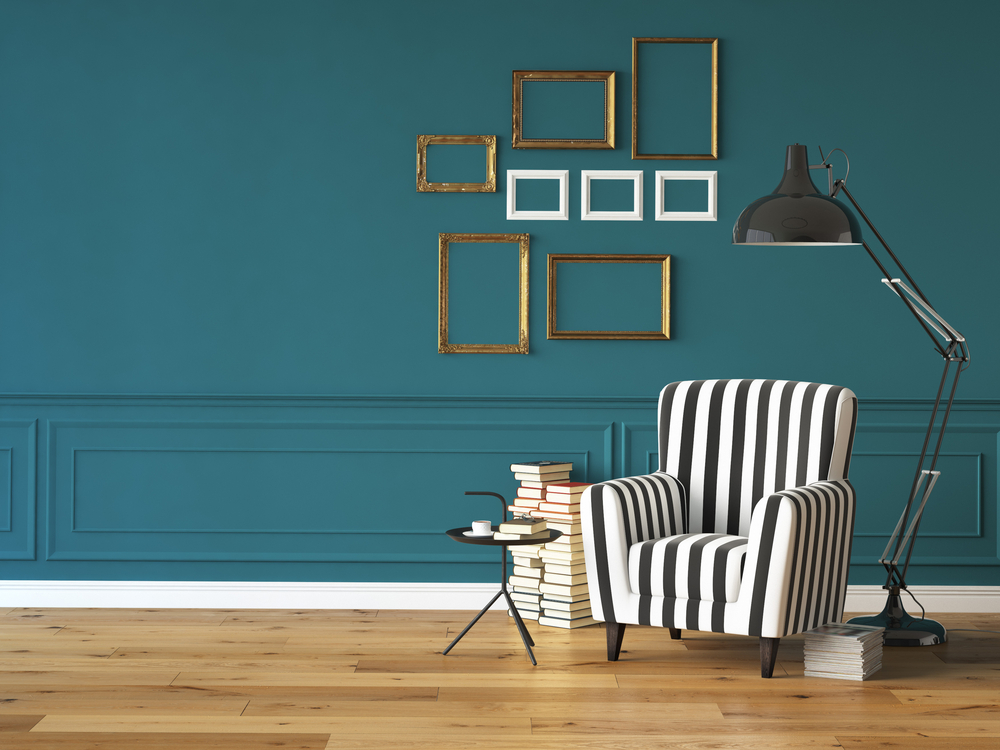
Slow Design is characterised by edifying traits: an extended design procedure, with increased preparatory efforts; a preference of locally sourced materials and regional processes; an acknowledgement of region conventions; a nod to natural time cycles; and recognition of general wellbeing.
Companies such as Front Rugs produce products with the Slow philosophy in mind; their projects often take years to complete and are inspired by the beauty of the natural world. The collections from designer Micheala Schleypen, for example, are named after nature – ‘Beach,’ ‘Ocean,’ ‘Palm Leaf’ and ‘Lotus.’
So can contemporary design projects really benefit from the use of slow design products? Can the Slow Design approach really yield a worthwhile end-product? Are the added expenses, which are invariably incurred from Slow Design, really justifiable?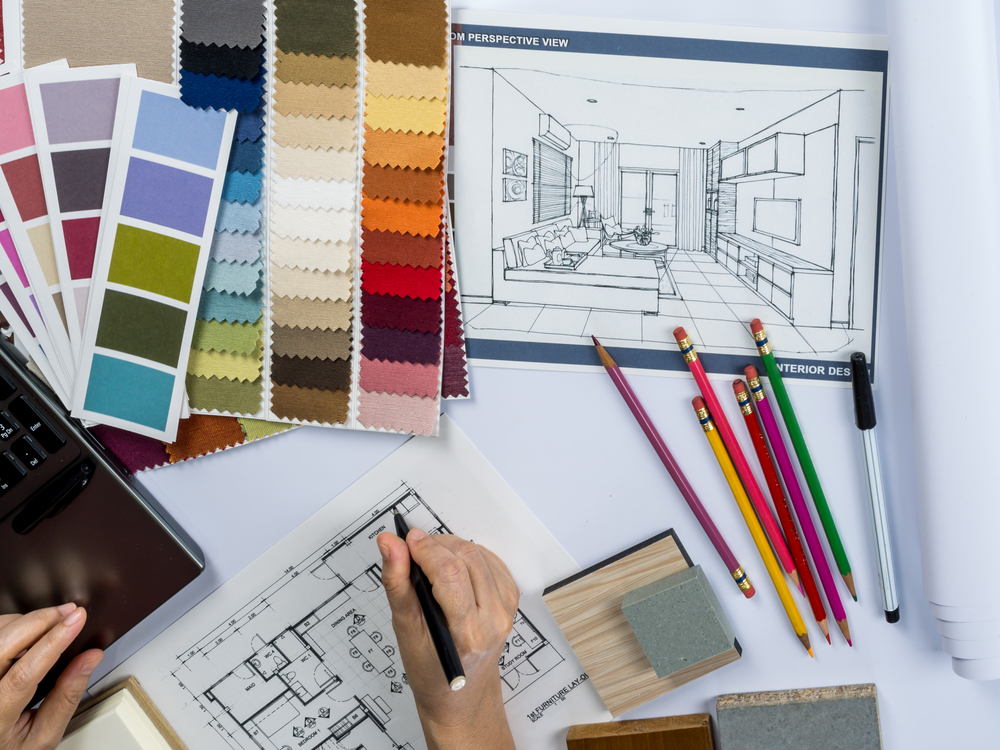
Promoting sustainable and environmentally-friendly methods of design are admirable, but not always realistic. It is an unavoidable fact that interior design projects are often backed with a commercial interest at hand. Whether multinational corporations or small-scale businesses, companies that commission interior designers in the UK, for example, are necessarily restrained by a financial boundary. Moreover, it is usually the case that time plays a crucial role and a rapid turnaround is necessary. In these circumstances, Slow Design is a luxury that is simply out of the question.
While an increasing number of interior designers are favouring Slow Design projects over conventional design method, it is plain to see the flaws in the phenomenon, which seems to be a luxury that is reserved for projects with high budgets and a lengthy timescale.
